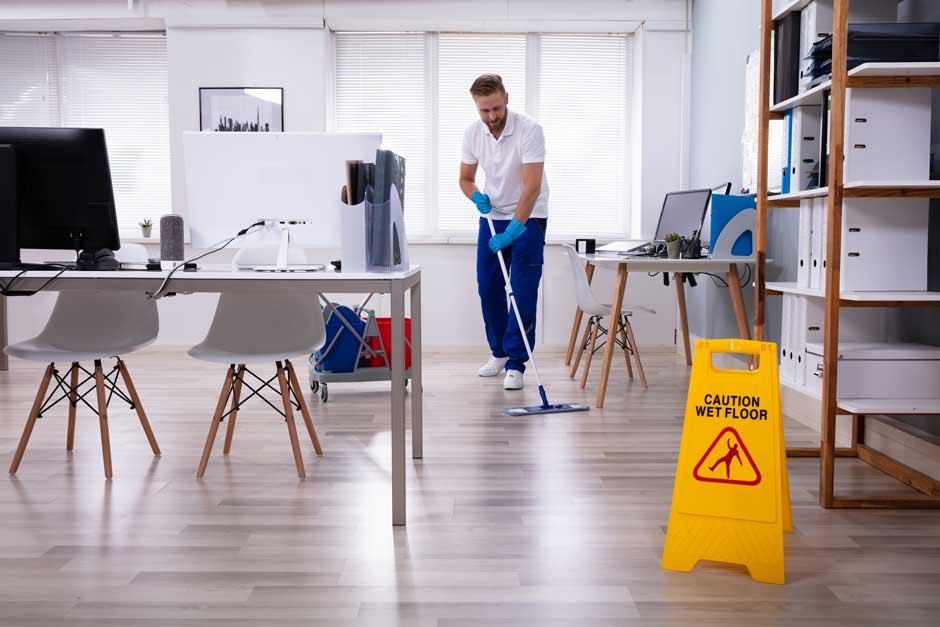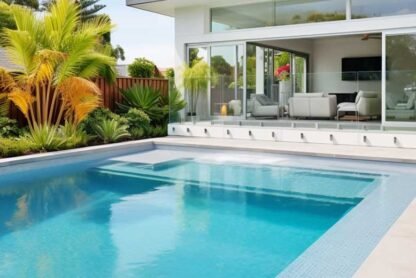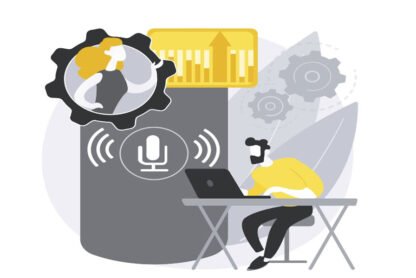A clean and healthy office is no longer a luxury—it’s a necessity. Employees spend a large portion of their day at work, and the quality of their environment directly affects their health, productivity, and overall well-being. An office filled with dust, poor air circulation, and outdated surfaces can lead to frequent illnesses, fatigue, and low morale.
The good news? Upgrading your office for better hygiene and comfort doesn’t have to be complicated or expensive. By making strategic improvements, business owners can create a workspace that promotes health, reduces germs, and keeps employees feeling their best.
Here’s how to design a healthier office with smart, effective upgrades.
Improve Air Quality with Better Ventilation
Indoor air quality plays a major role in employee health. Poor ventilation can lead to a buildup of dust, allergens, and airborne contaminants, increasing the risk of respiratory issues and fatigue. If employees often complain of headaches, dry eyes, or feeling sluggish, it might be time to address the air quality in your office.
Easy Ways to Improve Air Quality
- Upgrade the office HVAC system to ensure better air circulation.
- Add air purifiers with HEPA filters to remove dust and allergens.
- Regularly clean air vents and replace air filters to prevent buildup.
- Incorporate plants like snake plants, peace lilies, and spider plants, which naturally improve air quality.
Better air circulation means fewer airborne germs and a more refreshing work environment. Employees will feel more alert and energized throughout the day.
Upgrade Office Surfaces to Antimicrobial Materials
Shared surfaces in an office can quickly become breeding grounds for bacteria. Door handles, desks, conference tables, and break room countertops can harbor germs for hours or even days if not properly maintained. Choosing antimicrobial surfaces can significantly reduce the spread of bacteria and viruses.
High-Touch Areas to Upgrade
- Replace old desks and countertops with antimicrobial surfaces that resist bacteria buildup.
- Use touch-free technology for doors, faucets, and hand dryers to minimize contact.
- Install keyboard covers and desk mats that can be easily sanitized.
Switching to materials that naturally resist germs makes daily cleaning easier and helps keep employees healthier.
Improve Restroom Hygiene with Modern Fixtures
Office restrooms are one of the most frequently used spaces and can quickly become a hotspot for bacteria if not maintained properly. Upgrading restroom fixtures can significantly improve cleanliness and overall hygiene.
Essential Restroom Upgrades
- Install motion-activated sinks, soap dispensers, and hand dryers to reduce touchpoints.
- Upgrade to high-efficiency toilets that use less water while maintaining cleanliness.
- Use odor-neutralizing and air-purifying systems to keep restrooms fresh.
For business owners looking to improve restroom hygiene, consider searching for bathroom partitions for sale to ensure privacy, durability, and easy maintenance. High-quality partitions help maintain cleanliness and create a better experience for employees and visitors.
Encourage a Cleaner Work Environment with Smart Storage Solutions
A cluttered office isn’t just visually unappealing—it also collects dust and makes cleaning more difficult. Papers, office supplies, and personal belongings scattered across desks create surfaces where dust and germs can accumulate.
Storage Solutions to Keep the Office Clean
- Provide employees with desk organizersto keep personal workspaces tidy.
- Use closed cabinets and storage binsto prevent dust buildup on supplies.
- Implement digital document managementto reduce paper clutter.
A well-organized office makes routine cleaning easier and creates a more focused, professional atmosphere.
Upgrade Office Flooring for Easy Cleaning
Carpeted office floors might feel comfortable, but they also trap dirt, dust, and bacteria. Over time, carpets can become difficult to clean thoroughly, leading to poor indoor air quality and allergy flare-ups.
Healthier Flooring Options
- Replace old carpets with hardwood, laminate, or vinyl flooring, which is easier to sanitize.
- Use antimicrobial rugs and matsin high-traffic areas to prevent dirt from spreading.
- Invest in regular deep cleaningfor any remaining carpeted areas.
Switching to low-maintenance, easy-to-clean flooring helps maintain a fresher and more hygienic office.
Promote Better Hand Hygiene with Convenient Sanitation Stations
Hand hygiene is one of the most effective ways to prevent the spread of germs in the office. However, if employees don’t have easy access to sanitation supplies, they’re less likely to use them.
How to Encourage Better Hand Hygiene
- Install hand sanitizing stationsat office entrances, break rooms, and meeting areas.
- Stock restrooms and kitchen areas with antibacterial soap and paper towels.
- Provide disinfecting wipesat shared workstations and conference tables.
Making sanitation supplies easily accessible encourages employees to use them regularly, leading to a healthier workplace overall.
Reduce Noise Pollution for a Healthier Work Environment
A healthy office isn’t just about cleanliness—it’s also about reducing stress. Constant noise from ringing phones, loud conversations, and office equipment can cause distraction and anxiety, lowering productivity.
How to Minimize Noise Pollution
- Install sound-absorbing panelsto reduce echo and background noise.
- Use soft furniture and area rugsto help absorb sound in open workspaces.
- Provide quiet roomswhere employees can focus without distractions.
Reducing noise pollution creates a calmer, more comfortable environment that allows employees to concentrate better.
Provide a Dedicated Wellness Space for Employees
Wellness programs are becoming a key part of modern office design. Having a space where employees can take a break, stretch, or even meditate can significantly improve mental well-being and reduce stress levels.
Ideas for a Wellness Space
- Set up a small relaxation areawith comfortable seating and soft lighting.
- Provide standing desks or treadmill desksfor employees who want to stay active.
- Encourage short movement breaksto reduce fatigue and improve circulation.
When employees feel physically and mentally well, they’re more likely to be engaged and productive.
Final Thoughts: Small Changes Lead to Big Improvements
Designing a healthier office doesn’t require a complete renovation. Simple changes, like improving air quality, upgrading high-touch surfaces, and keeping restrooms sanitary, can make a major difference in creating a cleaner, more comfortable workspace.
A healthier office isn’t just good for employees—it’s good for business. By investing in smart upgrades, business owners can reduce sick days, boost morale, and create a more professional, inviting work environment.









